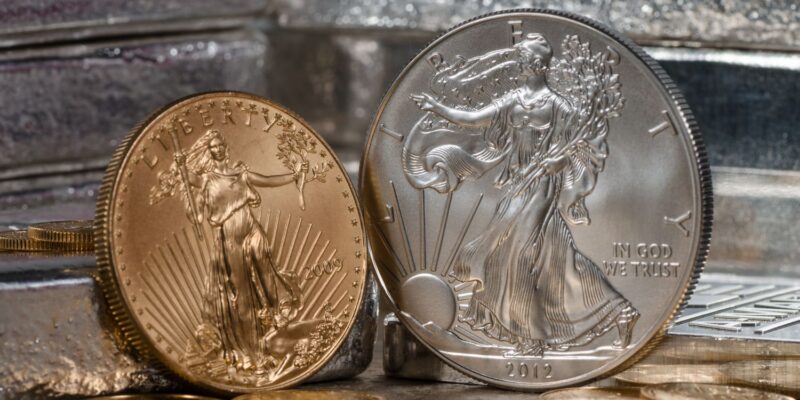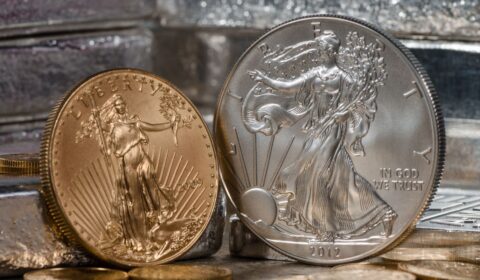What Exactly Comes Under “Precious Metals”?

The following article is created and or curated by the Orion Metal Exchange for the benefit of our followers. We seek to provide relevant precious metals, economic and geopolitical content that can impact your retirement and savings. If you are interested in learning about precious metals investing, call 1-800-559-0088, for a FREE investor kit.
Throughout history, precious metals have been given a high economic value. Even today, precious metals are highly valued and widely used for jewelry, investment, commodity and art.
What are Precious Metals?
Precious metals are formed naturally. They are comparatively rare and hard to find than other metals. Precious metals are less reactive and more ductile than other base metals. They can easily be molded into different shapes.
It’s their rarity, inertness, ductility, rarity and luster that gives them a much higher value than other types of metals.
Types of Precious metals
The four most valuable precious metals are Gold, Silver, Platinum and Palladium.
Gold
Gold is the most popular type of precious metal, very high value. It has been used as a form of currency throughout history. Today, gold is used in various industries including jewelry, electronics, medicine and engineering.
Gold’s ability to conduct electricity, resistance to corrosions, malleability and ductility has led to its use as electric conductors in all computerized devices. In addition to this, gold is also used in tooth restoration, colored glass production, anti-inflammatory medicines and gold leafing.
Gold is formed underground in mines, where it is being extracted faster than it’s being replaced. As of 2017, the largest producer of gold was China, producing 440 tons of gold per year.
Silver
Though gold is valued a lot more than silver—because of its malleability and luster—silver also remains to be a well-known precious metal. It’s highly valued and used in various industries due to its aesthetics and properties’ similarity to gold.
Like gold, silver was also used as a form of currency in the past. Today, silver is widely used to bullion coins, as an investment medium.
Other than being used in jewelry and as a form of investment, silver is used in electric conductors, solar panels, ornaments, utensils, x-rays, catheters and various medical instruments.
Platinum
Platinum is an extremely rare precious metal. Only a few hundred tons of platinum is mined each year. It was first used in the 16th century by the pre-Columbian South Americans, who used it for jewelry.
Today, platinum is used in electronics, automotive, jewelry and medical industry. It’s extremely high resistance to corrosion not only makes it a precious metal, but a noble metal as well.
Palladium
Palladium was first discovered in 1803, so it hasn’t been used as often as gold and silver. It is mainly used for industrial purposes especially in the automotive industry, where it’s widely used in catalytic converters. It is also used for electronic and medical purposes, plus its rare supply makes it a very good investment option.
Rare supply and extensive useful applications of precious metals give them a very high economic value, making them a considerable medium for investment.
Orion Metal Exchange can help you with precious metals exchange, finding a gold dealer or buying gold and silver bullion coins online. Contact 1-800-559-0088 to receive expert advice on investment opportunities.






